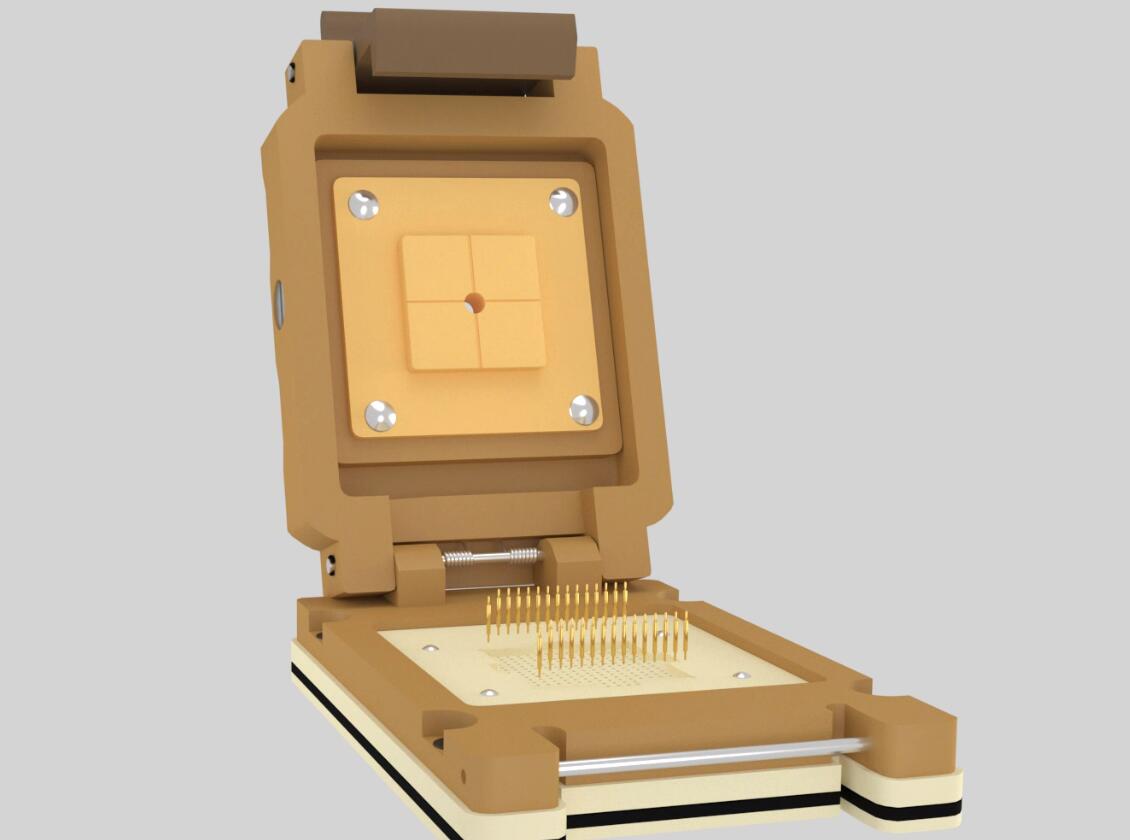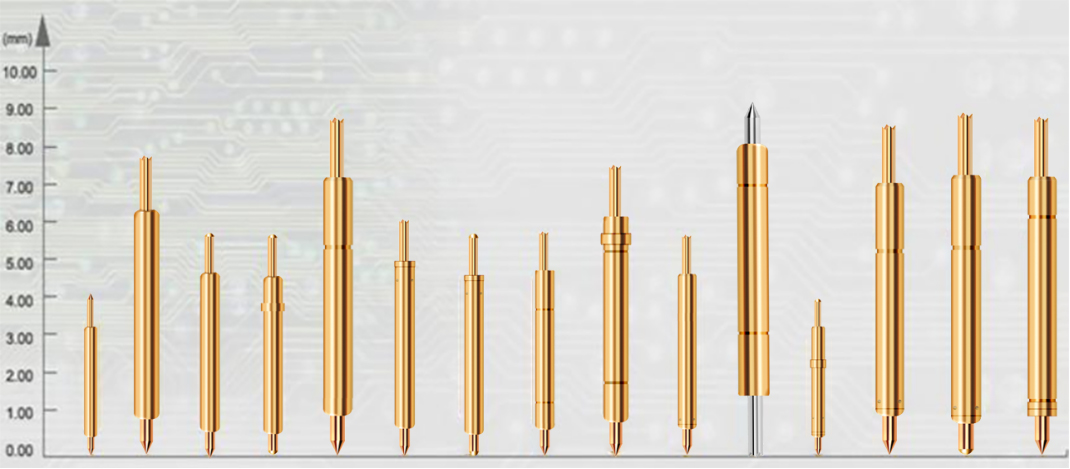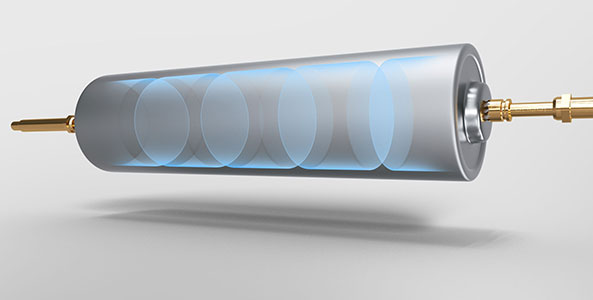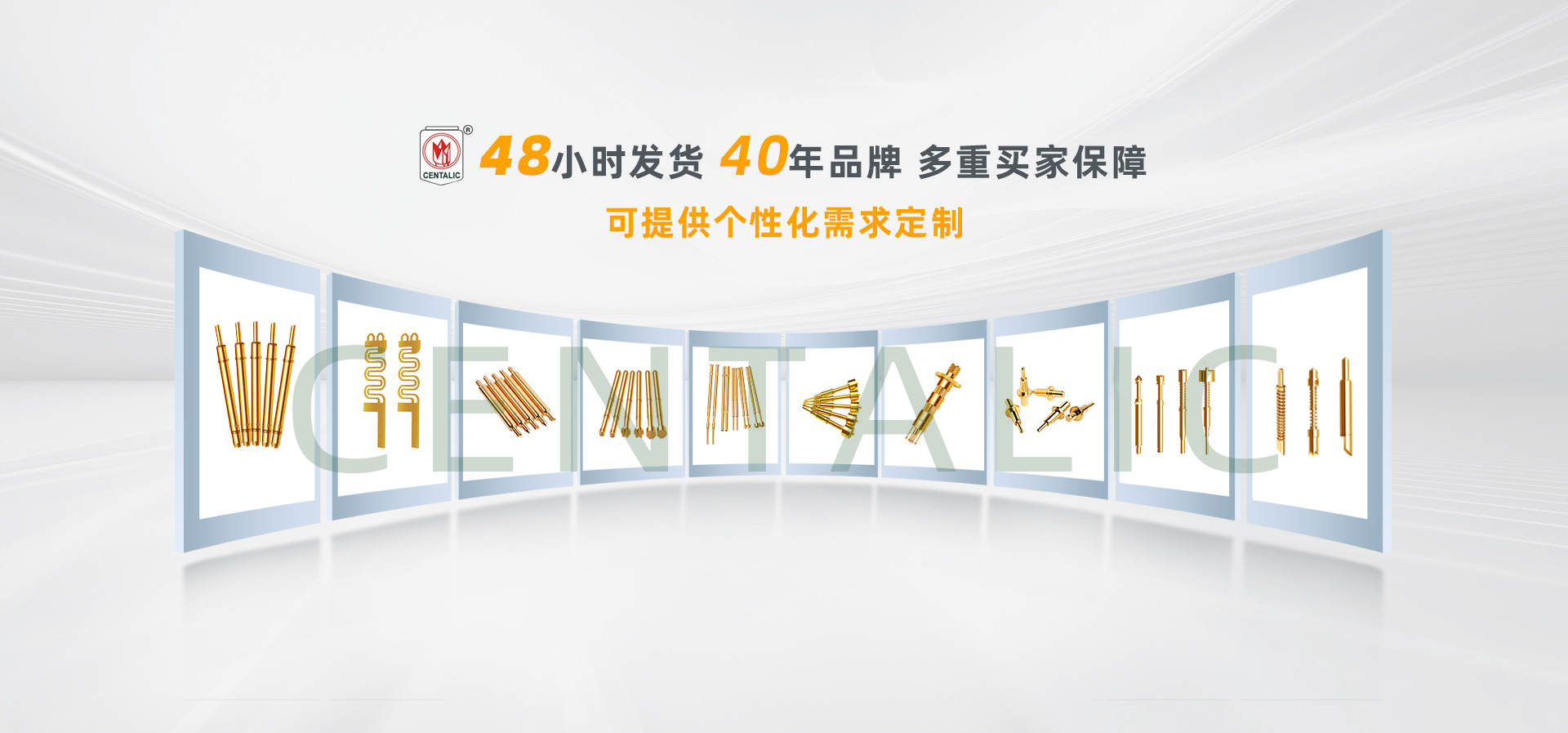
Time:2024-06-29Reading:1567Second
In the current mobile phone market, Apple can be said to be a well-known giant, playing a crucial role in the market. However, recently, Apple's price reduction trend has arrived, and some media have even offered the largest price reduction in history. Faced with Apple's price reduction strategy, people cannot help but wonder what role the probe plays in it.
From 8pm on May 20th to May 28th, the iPhone 15 series phones will be on sale. After adding multiple discounts, the discounted price of iPhone 15 series phones decreased by 1400 yuan to 2300 yuan compared to the listed price. Created the largest price reduction in Apple's history. Why is Apple's phone significantly reduced in price? Will it attract consumers to rush to buy it?

After this round of significant price reductions, the high price of iPhone 15 has become relatively affordable. From the perspective of e-commerce platform prices, the starting price of the standard iPhone 15 is approximately 4500 yuan, the starting price of the iPhone 15 Plus is over 5300 yuan, and the lowest price of the iPhone 15 Pro is around 5800 yuan... If compared with the price when it was first launched in September last year, the latest price of the iPhone 15 series products has been basically reduced by 70% or 50% in 8 months.
Why would Apple abandon its once arrogant stance and aggressively lower prices in the Chinese market? Firstly, Apple is considering clearing its old inventory, and products such as the recently launched new iPad Pro have not participated in price reductions. But more importantly, we still want to boost sluggish sales by lowering prices.
According to research firm IDC, in the first quarter of this year, iPhone shipments in the Chinese market decreased by nearly 7% year-on-year, ranking fourth from first in the previous quarter, while Honor and Huawei's shipments increased by 13% and 110% respectively. Looking at the tablet market during the same period, despite the overall growth of 6.6% in the Chinese market, iPad shipments in China have significantly declined by more than 10%, while Huawei tablets have grown by 10.6%, becoming the top player in the Chinese market for the second consecutive quarter.
Affected by this, Apple's revenue in Greater China decreased by over 8% year-on-year in the first quarter of this year.
From the performance in the past two years, Apple has also become increasingly reliant on boosting sales through price cuts. For example, during the 618 shopping festival last year, the iPhone 14 series experienced the "largest price drop in history." Subsequently, during the Double Eleven shopping festival, the newly released iPhone 15 series saw a maximum price reduction of over 1500 yuan, helping Apple become the top seller of mobile phones in China during that quarter. For example, in March of this year, Apple briefly lowered the starting price of the iPhone 15 series by 1000 yuan. As a result, iPhone sales in China increased by about 12% that month, a significant rebound from the previous two months.
By lowering prices, sales can be boosted, and Apple's move seems both easy and effective. But for technology companies like Apple, which support the US stock market, relying continuously on price cuts and promotions is clearly drinking poison to quench thirst. Observing the consumer electronics market in the past two years, although the overall economic environment has had a negative impact, domestic mobile phone manufacturers are still trying their best to attract consumers through innovation. The diverse innovations in generative AI, aesthetics, imaging, satellite communication, and foldable screens make Apple's unique appearance and micro innovation somewhat overshadowed.
The American media actually can't bear to watch anymore, pointing out Apple's problems more than once.
Bloomberg reported on May 19th that Apple was caught off guard in the competition for generative artificial intelligence, and if the company wants to catch up, it needs to change its strategy. The article states that using basketball games as an analogy, manufacturing better chips and devices will help Apple lock in layups and free throws. But if you want to truly catch up, you must start pitching three pointers. This can only come from releasing cutting-edge AI features at a faster pace than before and improving them.
In fact, although the mobile phone market has already become a red ocean, as long as manufacturers can come up with differentiated innovation and continuously solve consumer pain points, they can still win the favor of the market, such as Huawei Mate60 and other domestic mobile phones.
For the current situation of Apple, although there are continuous price adjustments and promotions, and the iPhone 15 Pro Max is the best-selling model during the Spring Festival, Apple is facing increasing challenges and pressure from competitors, and urgently needs to upgrade and innovate from all aspects of software and hardware to attract consumers.
The increase in mobile phone sales will inevitably require the use of more probes. So, as an essential component for chip testing, semiconductor test probes are mainly used in what areas:
1. Chip design verification: During the chip design phase, test probes are used to verify the feasibility of the design scheme. By contacting the chip, the testing probe can detect various parameters of the chip, such as voltage, current, and frequency, to verify whether the design meets the requirements.
2. Wafer testing: Wafer testing is an important part of the semiconductor manufacturing process. The function of the testing probe here is to perform functional testing on chips or semiconductor components on the wafer, verifying whether they meet product specifications. During this process, the probe station is used in conjunction with the testing machine to ensure that each chip undergoes rigorous testing.
3. Finished product testing: After the chip is packaged, it is necessary to conduct finished product testing to ensure that each chip produced meets the design requirements. Semiconductor testing probes play a crucial role here, testing their functionality and electrical parameters through contact with packaged chips to ensure product quality and performance.
In addition, semiconductor testing probes are used in conjunction with testing machines, sorting machines, probe stations, and other equipment to achieve signal transmission and data acquisition. The quality directly affects the effectiveness of chip testing, production efficiency, and production cost control.
In summary, the application of semiconductor testing probes on chips is an indispensable part of the semiconductor manufacturing process. Through strict quality control and performance testing, it ensures that the performance and quality of chips meet design requirements.

Centalic we have always adhered to independent research and development of various high-quality probes, using advanced material structures, lean coating treatment, and high-quality assembly processes to provide customers with the highest quality probe products. This type of semiconductor testing probe has a minimum processing probe diameter of 0.06mm/needle tube diameter of 0.10mm.





